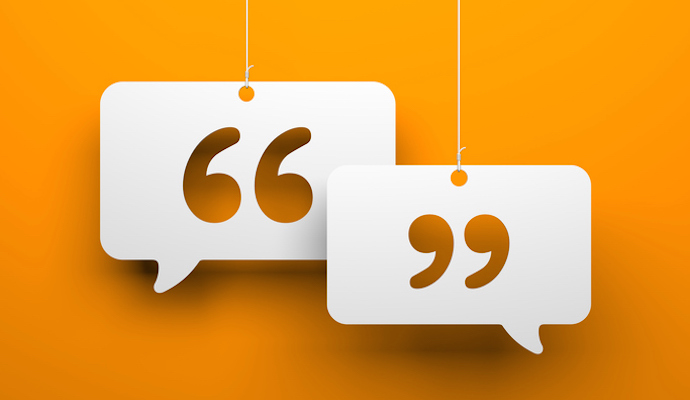Washington State Passes Legislation Supporting Audio-Only Telehealth
Governor Jay Inslee has signed a law that mandates coverage for audio-only telehealth services in certain circumstances. Support for the modality is growing as providers look for better ways to reach patients where they are.

Source: ThinkStock
- Washington Governor Jay Inslee has signed legislation requiring payers to cover certain audio-only telehealth services.
The passage of HB 1196 puts the state at the forefront of debate over whether a simple phone call is good enough for a healthcare service, and gives healthcare providers more leeway to use telehealth to connect with underserved patients who face challenges to accessing care.
“This bill will be a boon to rural and underserved areas where audio-only might be the most reliable option for telehealth,” State Rep. Marcus Riccelli, the bill’s primary sponsor, said in a press release following the governor’s signature. “Whereas before driving a few hours to see a healthcare provider might have prevented people from seeking medical advice, now they can get timely access to expert advice.”
The new law requires coverage for an audio-only telehealth visit as long as the provider and patient have established a valid relationship through an in-person exam within the past year (this specific clause doesn’t take effect until Jan. 1, 2023). It requires payers to reimburse as the same rate as for an equivalent in-person service, while giving groups of 11 or more providers the leeway to negotiate coverage rates.
In addition, the bill requires providers to obtain a patient’s consent ahead of time, and it prevents providers from charging facilities fees for appointments.
The bill is also specific in defining audio-only telehealth as “the delivery of health care services through the use of audio-only technology, permitting real-time communication between the patient at the originating site and the provider, for the purpose of diagnosis, consultation, or treatment.” It does not include e-mail or fax communications, nor does it allow providers to bill separately for services that have always been done by phone, such as the sharing of lab results.
With the coronavirus pandemic curbing in-person visits, providers have been using telehealth to connect with patients, in some cases using a simple landline phone. The federal government and many states have eased the path with emergency measures aimed at boosting connected health access and coverage, including allowing some audio-only telehealth services.
Many telehealth advocates want audio-only services included in long-term telehealth policy, though they’re quick to point out that the phone should only be used in certain instances. Opponents, meanwhile, have argued that the phone call isn’t good enough for a healthcare service.
Supporters say some residents, particularly the underserved and those in rural areas, don’t have the resources or broadband connectivity to access audio-visual telemedicine platforms, and may have only as phone at their disposal.
“Throughout this pandemic, we have seen how valuable telehealth is as a tool. It has made getting good medical advice easier and more accessible,” Riccelli said in his press release. “However without action, those benefits would expire for those without access to a computer or broadband. This bill ensures that these gains in accessibility are also equitable and that those without access to broadband or a computer can still gain access to a doctor and rapidly get medical advice.”
